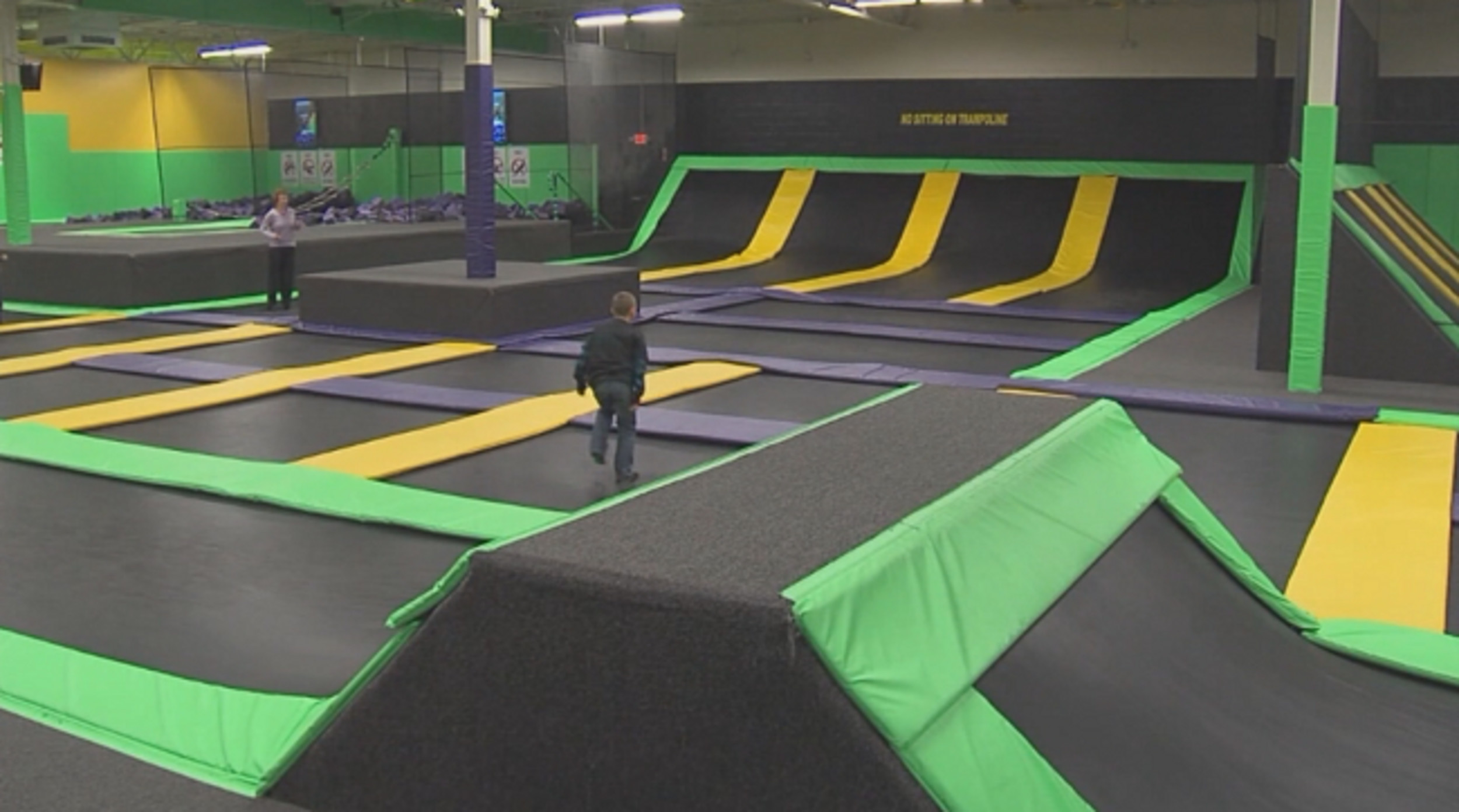Study: Child injuries increasing at trampoline parks
PROVIDENCE, R.I. (WPRI) — A new study from the American Academy of Pediatrics finds there’s been a spike in child injuries at trampoline parks. So we talked to a local doctor and combed through emergency room statistics to see if this trend is happening in Rhode Island.
Trampoline parks are seeing a huge jump in numbers right now. That’s why an industry trade group says it’s important to keep these injury statistics in perspective. Just six years ago, Kyle Heimbecker and his mom would’ve had a tough time finding a trampoline park where they could spend an afternoon. These days, it’s much easier.
“Kyle had such an amazing time that he asked if we could come back again today,” said mom Elesia.
We checked with the International Association of Trampoline Parks and found there were just 25 of these parks in the United States back in 2010. By 2014, that number had jumped to 350 parks.
But these parks come with a different set of rules than a backyard trampoline – something 9-year-old Kyle knows well. When he’s at a trampoline park, Kyle says he’s “more cautious about other people because I don’t want to hurt them or myself.”
As you might imagine, the huge jump in parks has also led to more reported injuries. According to the American Academy of Pediatrics, back in 2010, about 600 kids were sent to the emergency room because of trampoline park-related injuries. By 2014, that number was up to nearly 7,000.
We found two trampoline parks operating here in Rhode Island. Representatives from both parks declined to speak on camera. But an industry spokesperson tells us looking at injuries as a percentage, rather than a total, paints a much more accurate picture.
The International Association of Trampoline Parks says the rate of reportable injuries at a typical trampoline park is less than one per 10,000 jumpers.
So what are the numbers locally? They’re actually down. According to Rhode Island Hospital, in 2010, there were seven trampoline-related visits to the emergency room. In 2012, when both Rhode Island trampoline parks opened, the number dropped to six injuries; and in 2014, there were just four trampoline-related injuries that sent people to the emergency room.
Doctor Hale Wills is the Pediatric Trauma Director at Hasbro Children’s Hospital. He’s also a Pediatric Surgeon at Hasbro and Women and Infants Hospital, and an Assistant Professor of Surgery at the Brown Alpert Medical School. Dr. Wills says that even if your child doesn’t show signs of an injury right after a fall, it’s important to check again later.
“There are some kids who in the business of playing won’t stop playing, even with some discomfort,” said Dr. Wills. “And it’s not until later that night that the parents might notice the child’s not using their body parts as normal.”
Dr. Wills says other signs a child’s injury could be serious include, “Bruising, swelling, a child who is younger who refuses to walk or use their arm would suggest that they’ve broken their bone.”
And while the American Academy of Pediatrics recommends that kids avoid trampolines altogether, there are some precautions parents can take. “I think it’s important at trampoline parks that parents take note of the safety features,” said Dr. Wills.
That includes checking for proper padding, making sure kids jump one at a time and keeping it simple by avoiding flips and risky jumps that can lead to a bad fall, and of course, adult supervision is key.
Even with hundreds of new parks opening, the study from the American Academy of Pediatrics found that backyard trampolines still make up the vast majority of the 91,000 trampoline injuries each year.
Diana Pinzon contributed to this report.







